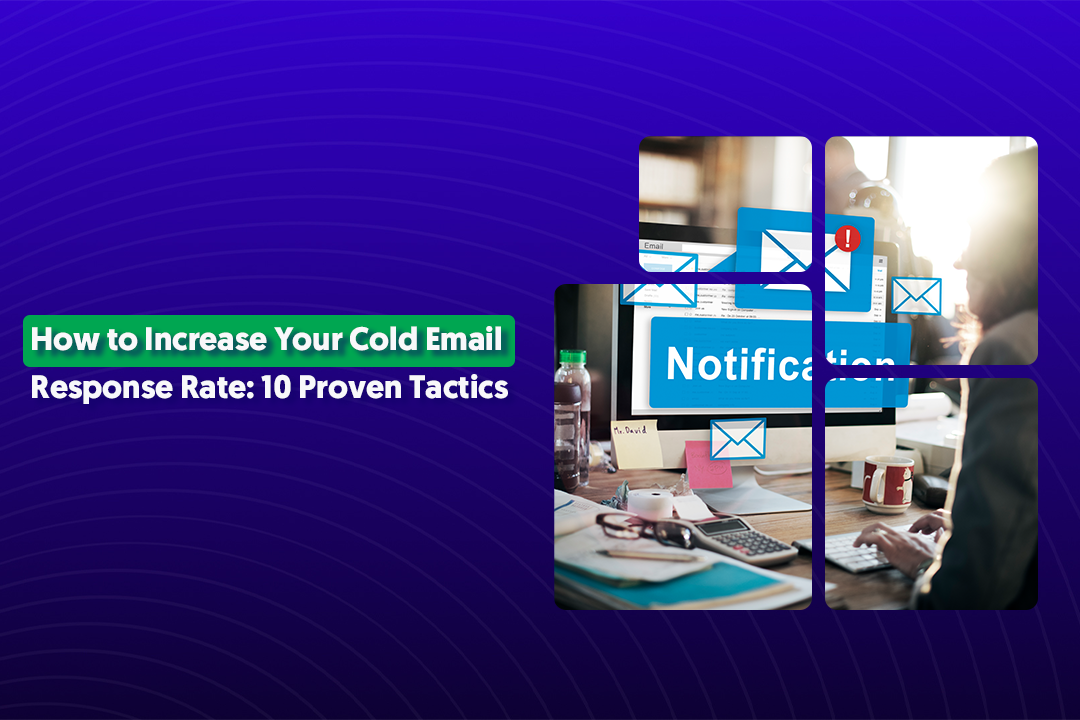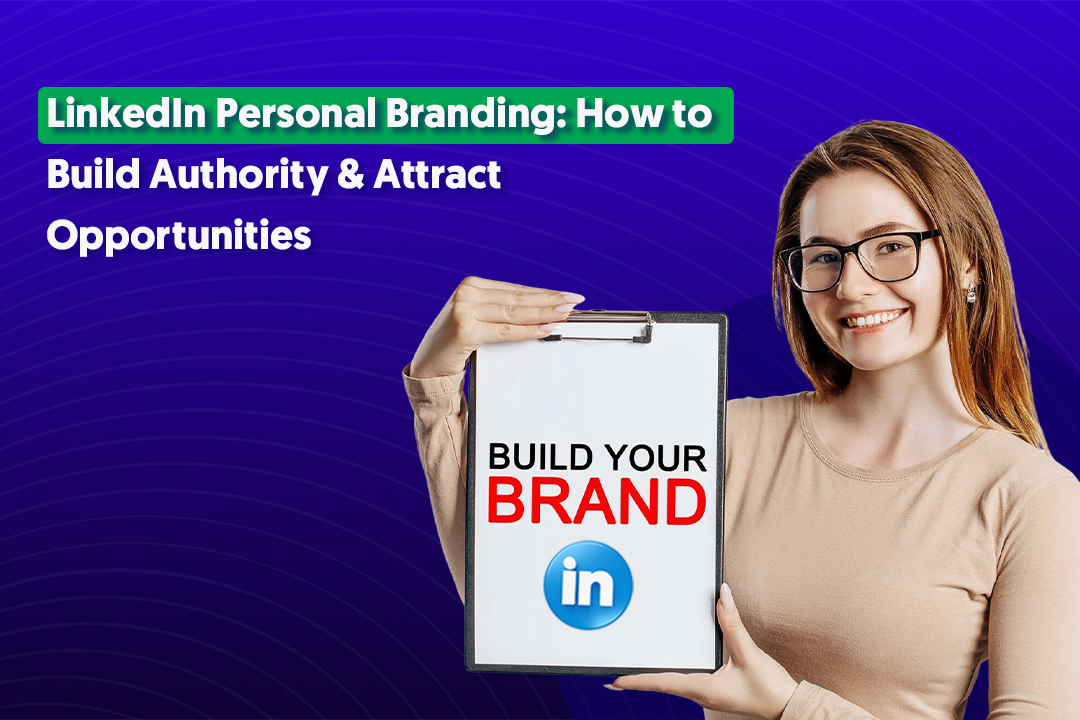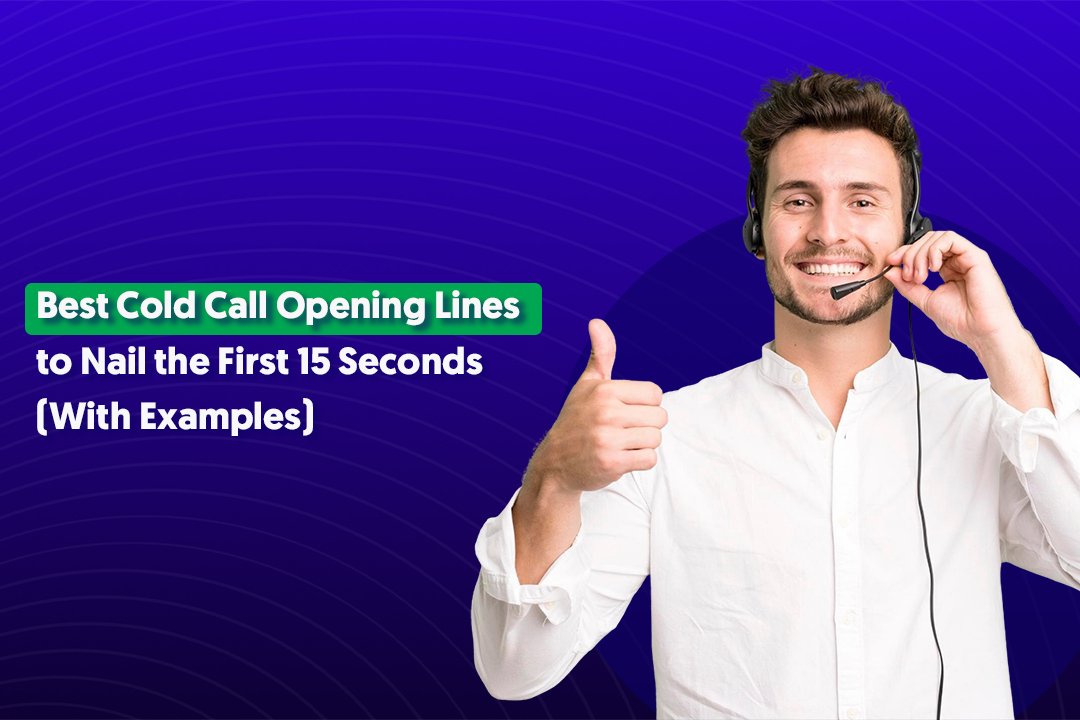Table of Content
Key Takeaways
- LinkedIn delivers 3-4x higher conversion rates than Twitter for B2B cold outreach due to its professional, intent-driven audience.
- Twitter works better for brand building while LinkedIn excels at actual lead generation and sales conversations.
- LinkedIn leads have 2.5x larger average deal sizes and 30% shorter sales cycles compared to Twitter prospects.
- Professional context matters more than reach - LinkedIn's smaller but business-focused audience consistently outperforms Twitter's massive but unfocused user base.
- Integration capabilities give LinkedIn the edge with native CRM connections and rich professional data transfer.
- Budget allocation should favor LinkedIn for serious B2B companies focused on revenue generation over vanity metrics.
Sarah stared at her laptop screen at 11:47 PM, scrolling through yet another spreadsheet of cold email bounces.
Sound familiar?
As Head of Business Development at a fast-growing SaaS startup, she'd been manually crafting personalized outreach messages for months with underwhelming results, until she discovered the game-changing world of cold outreach automation on social platforms.
Within six months, her team generated over $2M in pipeline revenue by cracking the code on automated B2B lead generation.
Here's the thing: Cold outreach has evolved far beyond traditional email, and smart businesses are now leveraging cold DM automation on platforms like Twitter and LinkedIn where decision-makers are actually active, engaged, and ready to connect.
At Cleverly, we've helped 10,000+ clients including Amazon, Google, Uber, PayPal, Slack, and Spotify generate $312 million in pipeline revenue and $51.2 million in closed revenue through strategic outreach, and here's what we've learned: The platform you choose can make or break your entire lead generation strategy.
Let's dive into the the big question every B2B team faces: Whether to focus their automation efforts on Twitter or LinkedIn?
Audience Targeting: Who Wins for B2B Prospecting?
When it comes to B2B cold outreach comparison, the audience you can reach makes all the difference.
Think of it this way: You wouldn't fish for salmon in a goldfish pond, right? The same logic applies to your outreach strategy.
LinkedIn's Professional Powerhouse
LinkedIn is essentially a digital networking event that never ends. With over 1B+ professionals worldwide, it's built specifically for business connections.
Here's what makes LinkedIn automation for B2B sales so powerful:
- Verified professional identities: People use real names, job titles, and company information.
- Decision-maker density: 4 out of 5 LinkedIn users drive business decisions at their companies.
- Intent-driven environment: Users are actively seeking business opportunities, partnerships, and solutions.
- Detailed targeting options: Filter by job title, company size, industry, seniority level, and even specific companies.
Twitter's Casual Conversation Hub
Twitter operates more like a bustling coffee shop where business happens between casual conversations.
While Twitter automation tools for B2B can be effective, the platform serves a different purpose:
- Thought leadership showcase: Industry experts share insights and engage in real-time discussions.
- Broader reach potential: Tweets can go viral, expanding your network exponentially.
- Real-time engagement: Immediate responses and conversations.
- Less formal barriers: Easier to start conversations without seeming "salesy"
Platform-Specific Persona Targeting
LinkedIn excels for reaching:
- C-suite executives actively seeking business solutions
- VPs and Directors with defined budgets and purchasing power
- Procurement managers researching vendor options
- HR leaders looking for talent acquisition tools
- IT decision-makers evaluating software solutions
Twitter works better for:
- Startup founders sharing their entrepreneurial journey
- Marketing professionals discussing industry trends
- Tech innovators announcing new products
- Consultants building their personal brand
- Industry influencers sharing expertise
Here's a real example: If you're selling enterprise software, LinkedIn lets you target "IT Directors at companies with 500+ employees in the healthcare industry."
Try that level of precision on Twitter—you'll be scrolling through cat memes and political debates to find your prospects.
The bottom line?
While both platforms have their place in B2B outreach, LinkedIn's professional-first environment and sophisticated targeting capabilities make it the clear winner for systematic LinkedIn lead generation.
Platform Algorithms & Message Visibility
Understanding how each platform's algorithm treats your messages is like knowing the rules of the game before you start playing.
Get this wrong, and your perfectly crafted outreach campaigns could end up in digital purgatory.
LinkedIn's Professional Message Hierarchy
LinkedIn cold outreach automation operates within a structured, professional framework that prioritizes quality over quantity.
Here's how LinkedIn handles your messages:
Connection-Based Messaging:
- 1st-degree connections: Your messages land directly in their primary inbox.
- 2nd and 3rd-degree connections: Messages go to the "Other" folder (lower visibility).
- InMail credits: Premium feature that bypasses connection requirements but costs $10+ per message.
LinkedIn's Message Filtering System:
- Automated detection of repetitive or spammy content.
- Priority given to personalized, relevant messages.
- Lower visibility for bulk messaging patterns.
- Messages from mutual connections get higher visibility
The catch?
LinkedIn actively limits your daily connection requests to 20-30 per day and monitors for automated behavior patterns. Push too hard, and you'll hit weekly search limits or temporary restrictions.
Twitter's Fast-Paced Engagement Model
Cold outreach auto twitter works completely differently—it's built for rapid, public interactions rather than private business conversations:
Twitter's Message Visibility:
- Public replies: Visible to all followers and can gain viral traction.
- Direct messages: Only available between mutual followers (major limitation).
- Mentions: High visibility but public nature limits sensitive business discussions.
- Tweet engagement: Algorithm favors recency and engagement velocity
Twitter's Unique Challenges:
- Most professionals don't accept DMs from unknown accounts.
- Public nature makes personalized business conversations awkward.
- Algorithm changes frequently, affecting organic reach.
- Higher noise-to-signal ratio compared to LinkedIn
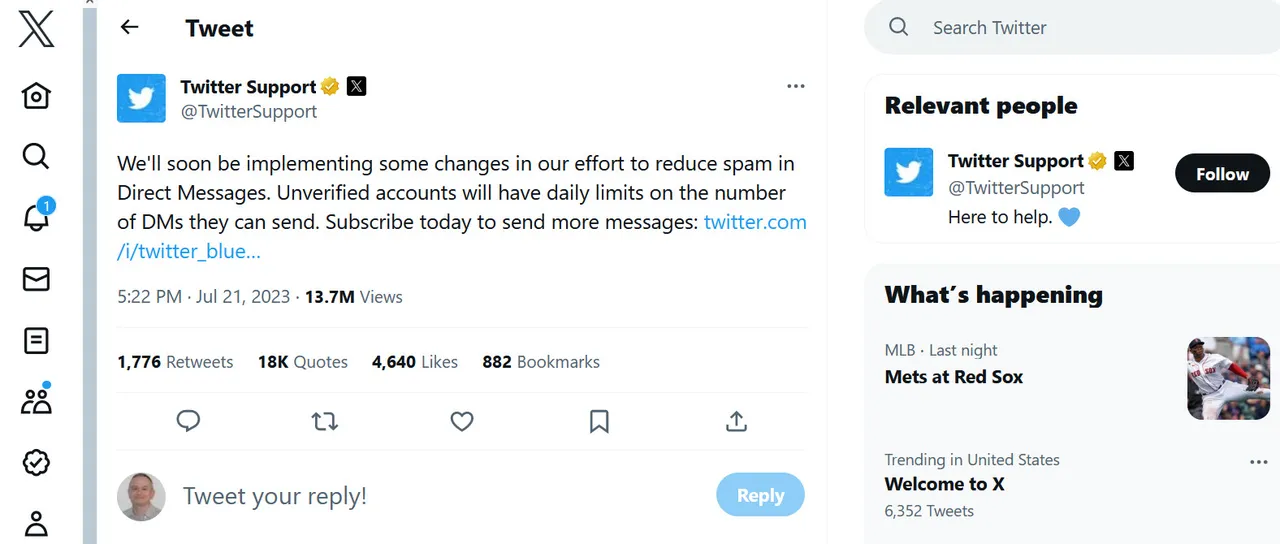
Shadowban Risks & Platform Penalties
Both platforms have gotten stricter about automated behavior, but they handle violations differently:
LinkedIn Penalties:
- Weekly search limits (you can only view limited profiles)
- Temporary messaging restrictions
- Account warnings for repetitive messaging
- LinkedIn Premium account suspensions for InMail abuse
Twitter Penalties:
- Shadowbanning (your content becomes invisible to others)
- Rate limiting on follows, likes, and messages
- Account suspension for aggressive automation
- Reduced organic reach for flagged accounts
The Visibility Reality Check
Here's what we've learned from managing thousands of campaigns with social media outreach tools: LinkedIn's algorithm actually works in your favor for B2B outreach. While it limits quantity, it rewards quality personalization and professional relevance.
Twitter's algorithm, designed for viral content and public engagement, actually works against private B2B conversations. Your carefully crafted business message competes with breaking news, memes, and trending topics for attention.
Platform Reach vs. Engagement Potential:
LinkedIn advantages:
- Messages stay in inbox indefinitely
- Professional context increases response rates
- Less competition for attention in business messaging
- Built-in CRM features for follow-up tracking
Twitter limitations:
- Messages buried in fast-moving timelines
- Public replies lack privacy for sensitive business discussions
- DM restrictions limit direct outreach opportunities
- Higher abandonment rates due to platform distractions
The takeaway?
While Twitter might offer broader reach potential, LinkedIn's algorithm is specifically designed to facilitate the kind of professional conversations that convert prospects into clients.
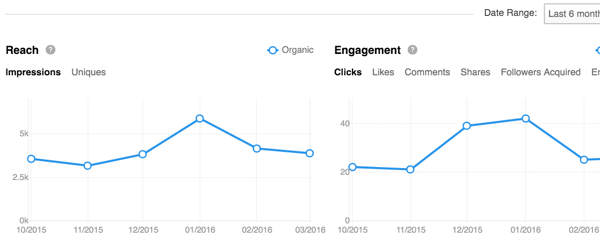
Message Personalization & Conversion Rates
The difference between a message that gets ignored and one that starts a $50,000 deal often comes down to personalization.
But here's the kicker—what works on LinkedIn can completely flop on Twitter, and vice versa.
LinkedIn's Personalization Powerhouse
Cold outreach personalization on LinkedIn is like having access to a prospect's business card, resume, and recent achievements all in one place.
The platform gives you everything you need to craft relevant messages:
LinkedIn's Personalization Advantages:
- Rich profile data: Job titles, company info, recent posts, mutual connections, and shared experiences.
- Professional context: Easy to reference industry challenges, company news, or career milestones.
- Formal tone acceptance: Prospects expect business-focused conversations.
- Connection request notes: 300-character opportunity to explain why you're connecting
Personalization tags that convert on LinkedIn:
- "Congratulations on [recent promotion/company milestone]"
- "I noticed you're expanding into [specific market/location]"
- "Your recent post about [industry topic] resonated with me because..."
- "We've helped similar companies like [competitor] achieve [specific result]"
Twitter's Casual Conversation Style
Twitter's personalization requires a completely different approach. The platform rewards informal, conversational tone over corporate speak:
Twitter Personalization Challenges:
- Limited profile information (often just a bio and recent tweets)
- Public nature discourages detailed business discussions
- Casual environment—overly formal messages feel out of place
- Character limits force extreme brevity
What works for Twitter outreach:
- Commenting thoughtfully on their tweets first
- Referencing shared interests or industry opinions
- Using humor or trending topics when appropriate
- Keeping initial contact light and relationship-focused
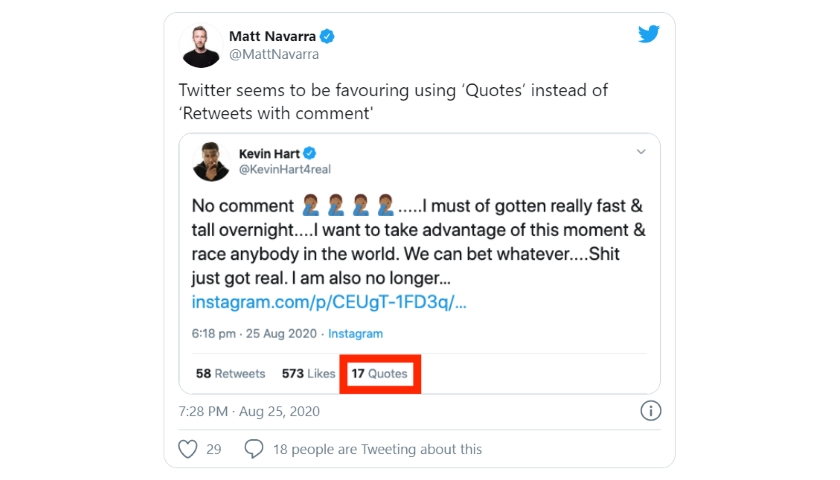
The Numbers Don't Lie: Conversion Rate Reality
LinkedIn message open rates consistently outperform other platforms for B2B outreach.
Here's what our data from thousands of campaigns shows:
LinkedIn Performance Benchmarks:
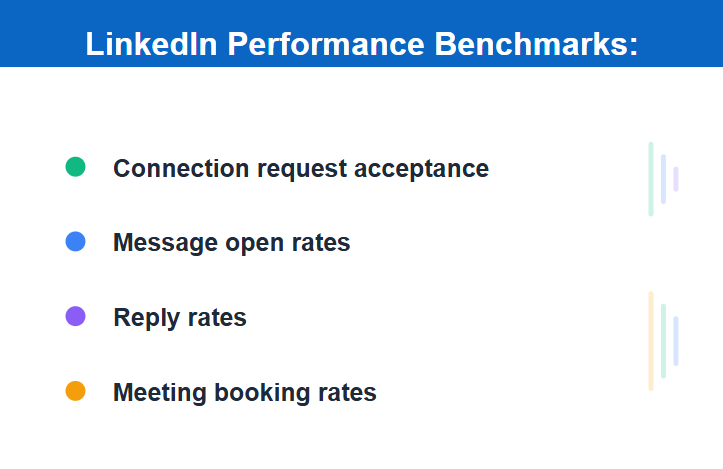
- Connection request acceptance: 15-30% for personalized requests
- Message open rates: 60-80% for 1st-degree connections
- Reply rates: 8-15% for well-crafted, personalized messages
- Meeting booking rates: 2-5% of initial outreach attempts
Twitter Outreach Success rates tell a different story:
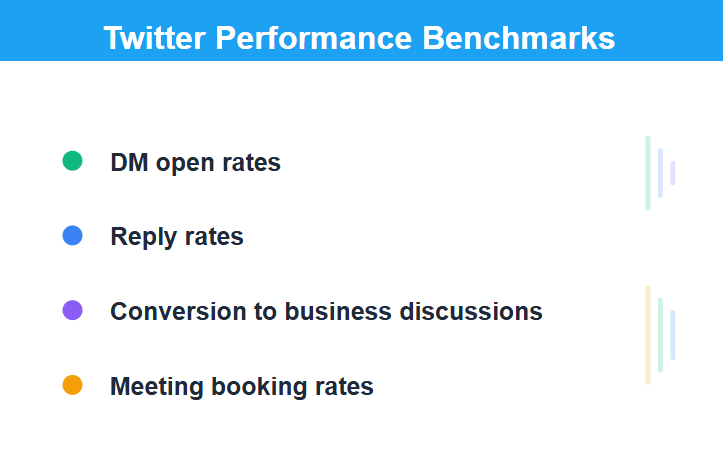
- DM open rates: 20-40% (but limited to mutual followers)
- Reply rates: 3-8% for cold outreach
- Conversion to business discussions: 1-3%
- Meeting booking rates: Under 1% for cold Twitter outreach
Cold DM Structure Best Practices
LinkedIn's Winning Formula:
- Personal connection (mutual contact, shared experience, or recent achievement)
- Relevant value proposition (specific to their industry/role)
- Soft call-to-action (suggest a brief call or ask a question)
- Professional signature (keep it simple but credible)
Twitter's Relationship-First Approach:
- Engage with their content first (like, retweet, meaningful comment)
- Start with shared interests (industry trends, mutual connections)
- Keep it conversational (avoid immediate sales pitch)
- Move to private channels (suggest email or LinkedIn for business discussions)
The Personalization Reality Check
Here's something most Twitter outreach success stories won't tell you: The platform's design works against deep personalization.
With limited professional context and public interaction pressure, your messages often lack the business relevance that drives conversions.
LinkedIn's professional environment not only provides more personalization data but actually rewards detailed, business-focused messages. Prospects expect and appreciate relevant outreach because they're in a business mindset.
Why LinkedIn Wins the Personalization Game:
- Data richness: 10x more professional information available per prospect
- Context relevance: Business achievements and challenges are openly shared
- Response expectations: Prospects expect professional outreach and respond accordingly
- Conversation depth: Platform supports detailed business discussions
The bottom line: While Twitter might feel more "human" and casual, LinkedIn's personalization tools give you the business context needed to start conversations that actually convert into revenue.
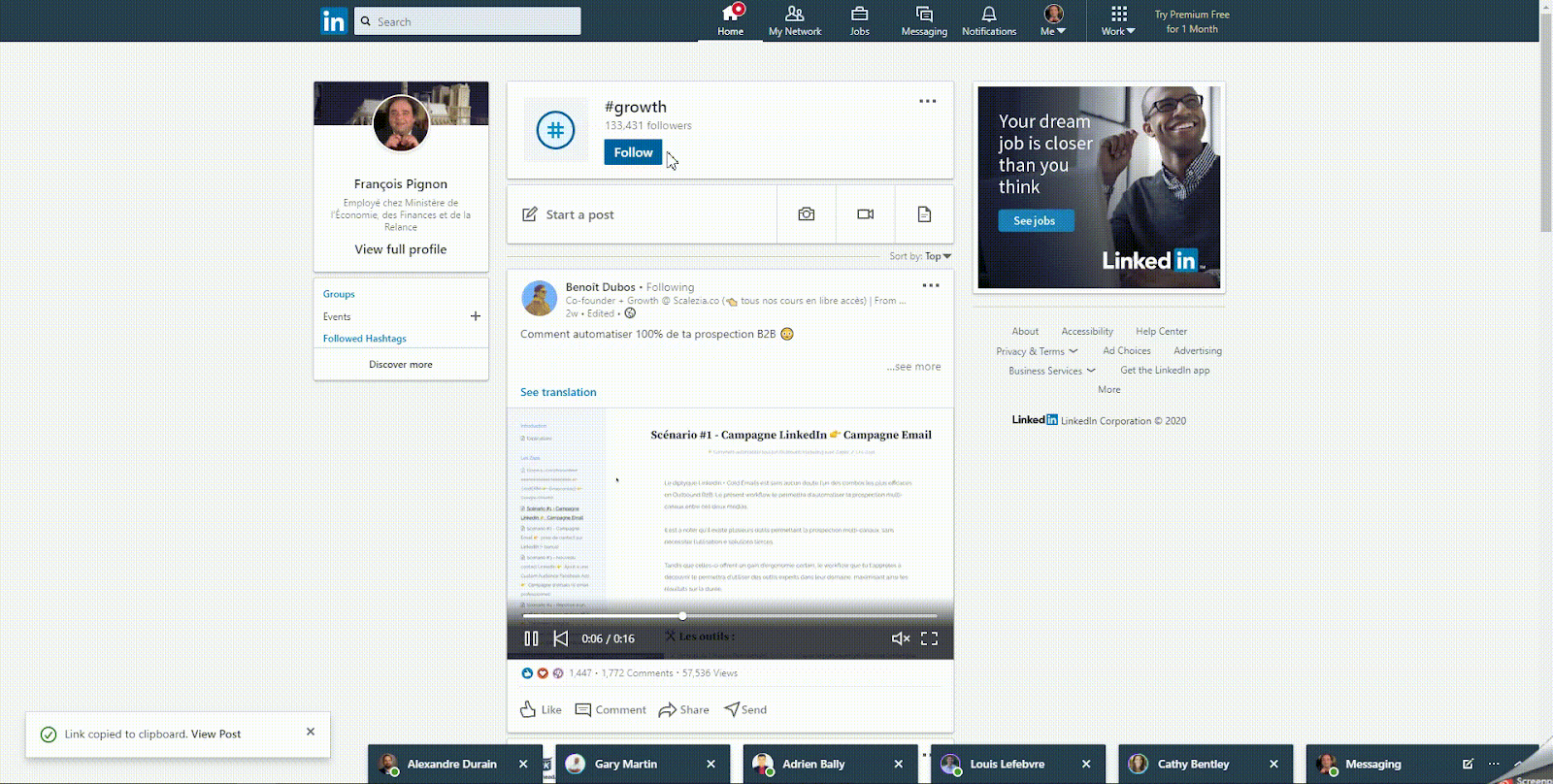
Lead Quality & Funnel Integration
Not all leads are created equal. A thousand Twitter followers might sound impressive, but if they can't write a check, what's the point? The real question isn't how many leads you generate—it's how many turn into paying customers.
The Lead Quality Gap: LinkedIn vs Twitter
LinkedIn leads vs Twitter leads is like comparing business cards from a networking event versus phone numbers from a nightclub. Both might lead to conversations, but the intent and context are worlds apart.
LinkedIn's High-Intent Lead Profile:
- Decision-making authority: 75% of LinkedIn leads hold budget approval or significant influence.
- Active buying signals: Prospects often research solutions while browsing LinkedIn.
- Professional context: Leads understand they're engaging in business conversations.
- Verified professional status: Real job titles, company affiliations, and contact information.
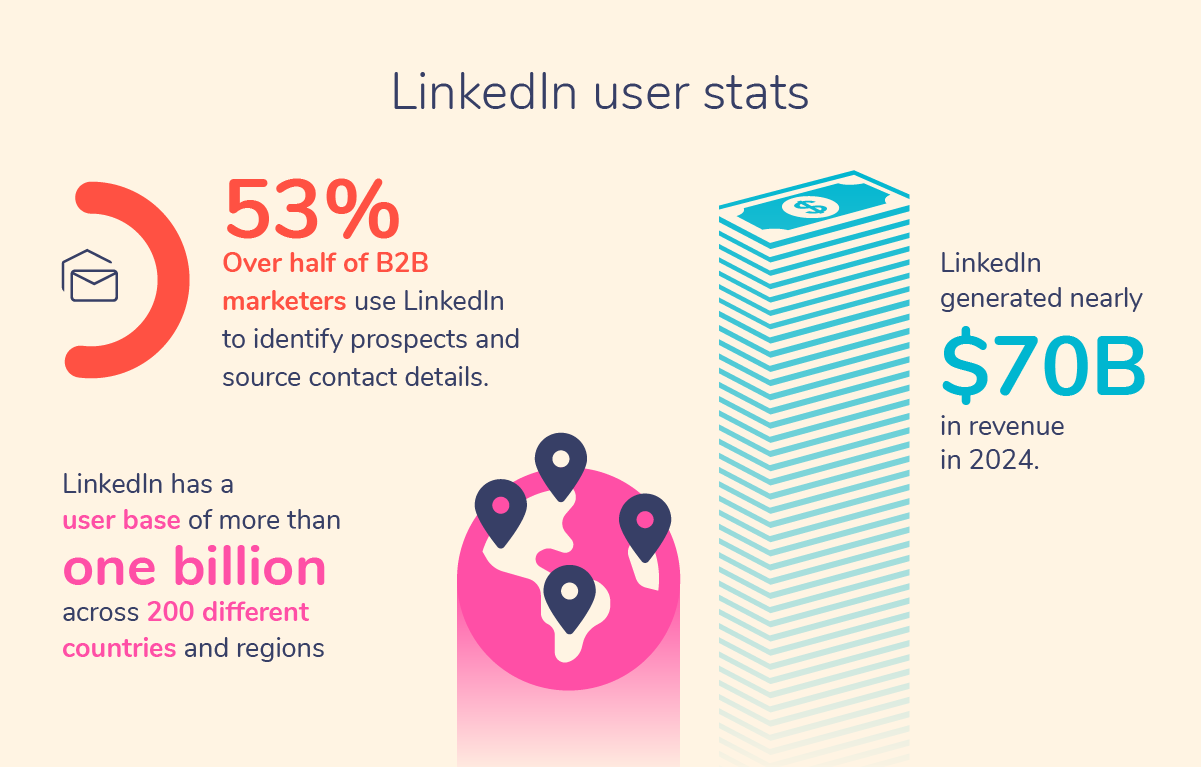
Twitter's Engagement-First Lead Profile:
- Broader interest spectrum: Followers might be interested in your content but not ready to buy.
- Mixed intent signals: Hard to distinguish between casual interest and purchase intent.
- Less professional context: Conversations often start socially before transitioning to business.
- Variable decision-making power: Harder to identify actual budget holders
CRM Integration: Where the Magic Happens
B2B lead generation automation only works when your leads seamlessly flow into your existing sales process. Here's where the platforms differ dramatically:
LinkedIn's Sales Integration Advantages:
- Native CRM connections: Direct integrations with Salesforce, HubSpot, Pipedrive, and major CRMs.
- Rich lead data transfer: Job titles, company information, and engagement history automatically sync.
- Sales Navigator integration: Advanced filtering and lead scoring capabilities.
- Email discovery tools: Higher success rates for finding verified business email addresses
LinkedIn Integration Workflow:
- Automated lead capture from connection requests and message replies.
- Instant CRM record creation with complete professional profile data.
- Automated lead scoring based on company size, job title, and engagement level.
- Trigger-based email sequences for multi-channel nurturing.
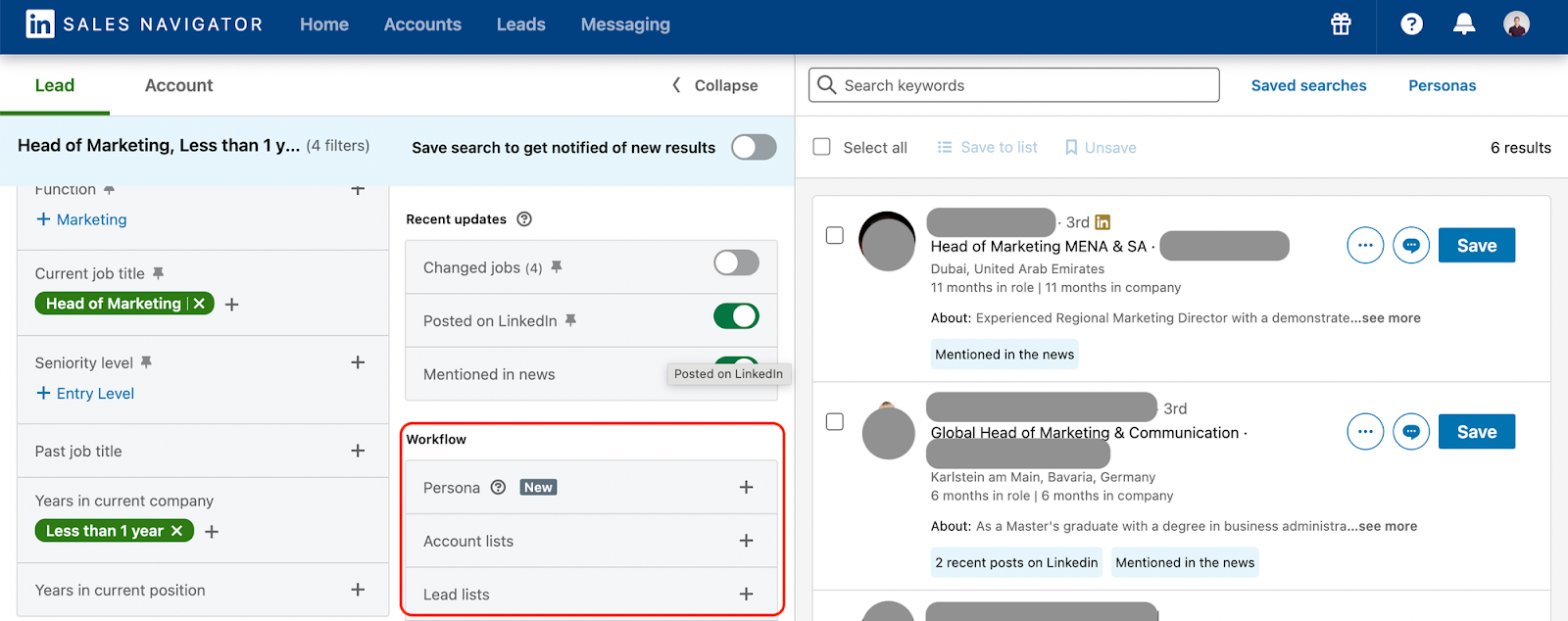
Twitter's Integration Challenges:
- Limited professional data: Mostly username, bio, and follower count.
- Manual data enrichment needed: Requires additional tools to find business contact information.
- Engagement vs. intent confusion: High engagement doesn't always equal sales readiness.
- Platform-specific metrics: Twitter analytics don't easily translate to sales KPIs
Lead Nurturing: The Long Game
Lead nurturing via social requires different strategies depending on where your prospects discovered you:
LinkedIn's Professional Nurturing Path:
- Industry-specific content sharing: Posts about challenges specific to their role/industry.
- Company milestone celebrations: Engaging with their professional achievements.
- Business-focused follow-ups: Sharing relevant case studies, whitepapers, or industry reports.
- Direct pathway to sales conversations: Platform context supports business discussions
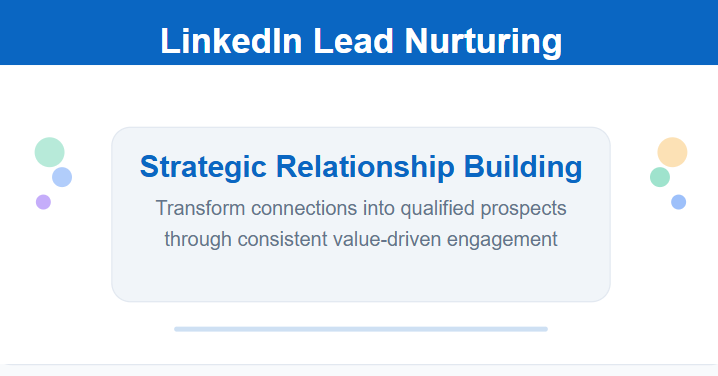
Twitter's Relationship-Building Approach:
- Thought leadership engagement: Commenting on and sharing their insights.
- Industry trend discussions: Participating in broader conversations they care about.
- Gradual relationship building: Multiple touchpoints before introducing business topics.
- Platform migration required: Eventually moving serious prospects to email or LinkedIn
Warm-Up Workflows That Convert
The most successful B2B lead generation automation campaigns use sophisticated warm-up sequences that match platform behavior:
LinkedIn's Professional Warm-Up:
- Week 1: Send connection request with personalized note.
- Week 2: Share relevant industry content that mentions their company/challenges.
- Week 3: Comment thoughtfully on their recent posts or company updates.
- Week 4: Send direct message with specific value proposition and soft CTA.
- Follow-up: Automated email sequence with case studies and social proof
Twitter's Social Warm-Up:
- Week 1-2: Follow and engage with their tweets (likes, retweets, comments).
- Week 3: Share content that aligns with their interests/opinions.
- Week 4: Start casual conversation via replies or mentions.
- Week 5-6: Attempt to move conversation to DMs or other channels.
- Ongoing: Maintain social relationship while gradually introducing business value.
The ROI Reality Check
LinkedIn Lead Performance:
- Conversion to opportunity: 12-18% of qualified LinkedIn leads become sales opportunities.
- Average deal size: 2.5x larger than leads from other social platforms.
- Sales cycle: 30% shorter due to professional context and intent.
- Lead quality score: 85% of LinkedIn leads meet ideal customer profile criteria.
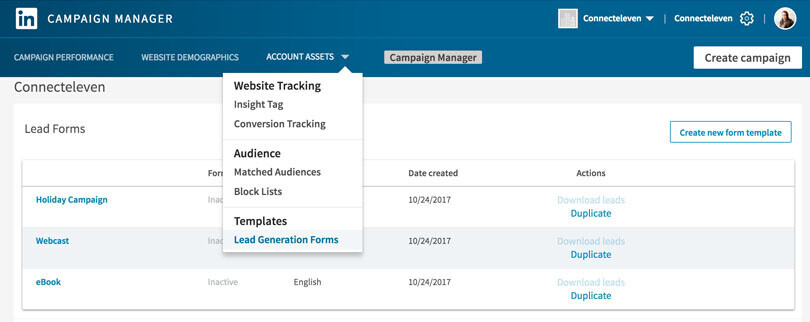
Twitter Lead Performance:
- Conversion to opportunity: 4-8% of engaged Twitter leads become sales opportunities.
- Average deal size: Often smaller due to mixed audience demographics.
- Sales cycle: 40% longer due to relationship-building requirements.
- Lead quality score: 45% of Twitter leads meet ideal customer profile criteria.
The Bottom Line on Lead Quality
While Twitter can generate impressive engagement numbers, LinkedIn consistently delivers higher-quality leads that convert at better rates and generate larger deal sizes.
The professional context, verified business information, and built-in intent signals make LinkedIn leads significantly more valuable for B2B companies.
Pros and Cons – Twitter vs LinkedIn for Cold Outreach
When it comes to Twitter vs LinkedIn B2B outreach, the devil is in the details.
Here's a comprehensive cold outreach platforms comparison that breaks down exactly what you're getting (and giving up) with each platform:

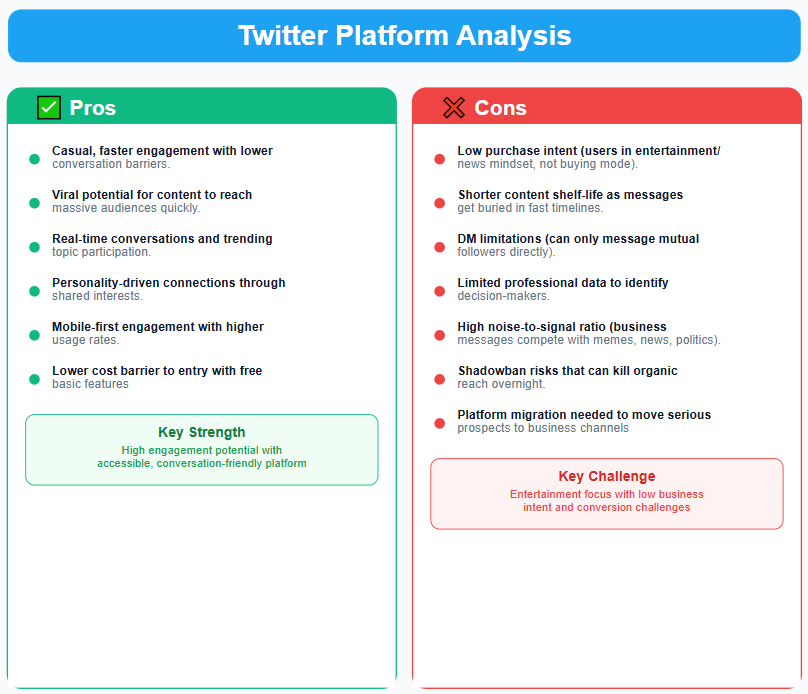
The Bottom Line?
While Twitter excels at casual engagement and viral reach, LinkedIn's professional environment, high-intent audience, and superior lead quality make it the clear winner for B2B cold outreach automation.
The question isn't whether LinkedIn costs more upfront—it's whether you can afford to miss out on its superior conversion potential for serious B2B lead generation.
Final Verdict: LinkedIn vs. Twitter for B2B Lead Generation
After analyzing millions of messages and $312M in pipeline revenue, the answer is clear:
LinkedIn outperforms Twitter for most B2B lead generation scenarios. And, If you had to pick one—we'd say start with LinkedIn.
It gives you better targeting, higher conversion rates, and faster ROI. Once results are consistent, layer in Twitter to expand reach.
Need help with scaling leads? We’re here to help you like we have helped 10,000 B2B businesses which got us 1000+ Trustpilot reviews. (We’re the only B2B marketing agency to have 1000+ reviews on Trustpilot!)
At Cleverly, we've helped 10,000+ clients generate leads with companies like:
- Amazon
- Google
- UBER
- PayPal
- Slack
- Spotify & more
This has led to $312M in pipeline and $51.2M in closed revenue through strategic LinkedIn outreach.
If you're interested in generating qualified B2B leads through LinkedIn, click here for more information.
FAQs: Twitter vs LinkedIn for Cold Outreach
1. Is Twitter good for cold outreach in B2B?
Twitter can work for casual relationship building and brand awareness, but it's not ideal for direct B2B cold outreach due to low purchase intent, DM limitations, and limited professional context. Conversion rates are typically 4-8% compared to LinkedIn's 12-18%.
2. What is the best LinkedIn automation tool for B2B sales?
The best LinkedIn automation tools prioritize compliance and personalization. At Cleverly, we use proprietary systems that combine AI-powered personalization with human oversight to maintain account safety while delivering results. Look for tools that offer CRM integration, advanced targeting, and compliance monitoring.
3. Can I automate cold DMs on Twitter without getting banned?
Twitter automation carries high shadowban and suspension risks. The platform's algorithm heavily penalizes automated behavior, and most professionals don't accept DMs from unknown accounts. If you automate Twitter, keep volumes extremely low and focus on public engagement first.
4. Which platform gives better lead quality—Twitter or LinkedIn?
LinkedIn consistently delivers higher lead quality with 85% of leads matching ideal customer profiles versus Twitter's 45%. LinkedIn leads also convert at higher rates, generate larger deal sizes, and have shorter sales cycles due to the professional context and business intent.
5. Is it legal to automate cold outreach on LinkedIn and Twitter?
Yes, automation is legal, but both platforms have terms of service that restrict certain automated activities. LinkedIn allows automation within limits (20-30 connection requests daily), while Twitter is stricter. Always use compliant tools, respect platform limits, and focus on personalized, relevant outreach rather than spam.



